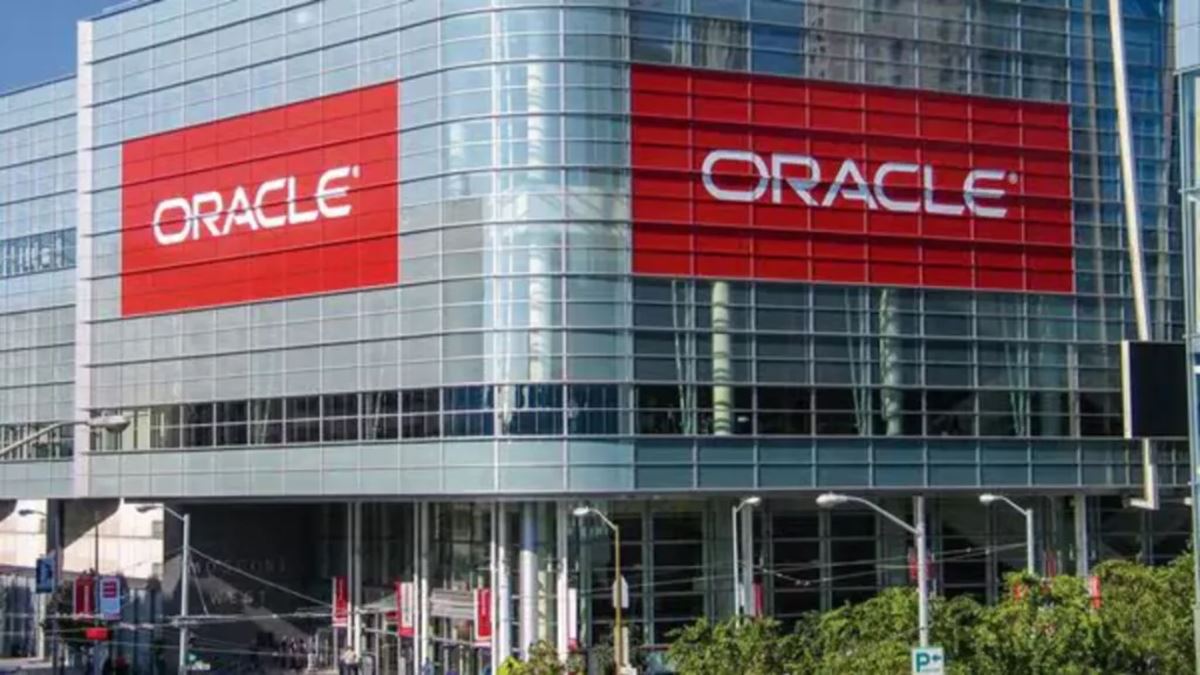The talent war has fundamentally changed. Salary increments and designation upgrades no longer guarantee attraction or retention. Today’s candidates and employees make decisions based on something far more intangible yet infinitely more powerful: reputation. They scrutinise what people say about organisations online, how leadership behaves publicly, and whether companies live up to their stated values.
This shift has created both a challenge and an opportunity for CHROs. Whilst they remain accountable for talent acquisition and retention, they are not the custodians of corporate reputation. That responsibility increasingly falls to Chief Communication Officers (CCOs). This creates a paradox: CHROs are measured by talent outcomes, yet the factors influencing those outcomes—employer brand, leadership visibility, and authentic storytelling—often sit outside their direct control.
The reputation imperative
Recent research underscores this reality. A Randstad study reveals that nearly 80 per cent of jobseekers now audit a company’s reputation, culture, and online narrative before applying. Microsoft’s Work Trend Index similarly highlights that trust and leadership transparency rank amongst the top drivers of joining and staying decisions.
For CHROs navigating India’s evolving workforce dynamics—where 66 per cent of employees report unhappiness at work and 54 per cent express intent to leave—reputation management isn’t a nice-to-have. It’s a strategic necessity.
Enter PR & corporate communications
This is precisely where Corporate Communications becomes the strategic partner CHROs need. Instead of treating “employer branding” and “PR” as separate functions, organisations must adopt a joint reputation framework. When properly aligned, this partnership can drive talent attraction and retention even without matching competitor salary packages.
The formula is straightforward: Employer Reputation = PR (Corporate Communications) + ERPs (Efforts, Resources, Processes).
The missing link: ERPs
For Employer Reputation to translate into business advantage, CHROs and CCOs must align around three core pillars:
Efforts: The intentional actions taken to build and communicate employer value Resources: The tools, platforms, and assets that amplify these efforts Processes: The systems that ensure consistency, authenticity, and measurability
E = efforts: Building blocks of reputation
Listening at scale: Deploy mechanisms to hear employees, alumni, unions, and candidates. Their voices shape external perception whether organisations listen or not.
Transparent two-way communication: Move beyond one-directional announcements. Create channels for genuine dialogue—both internal and external.
Integrated internal and external narratives: Ensure what’s said inside the organisation mirrors what’s communicated outside. Misalignment breeds distrust.
Real storytelling, not cosmetic campaigns: Authentic employee stories resonate far more than polished, generic campaigns that feel manufactured.
Dignity and empathy in every interaction: From exit interviews to layoff communications, how organisations treat people in difficult moments defines reputation more than any marketing campaign.
R = resources: The infrastructure of trust
Intelligent data and management information systems: Use analytics to understand sentiment patterns, emerging concerns, and reputation trends in real time.
Culture and purpose-led content bank: Develop a repository of stories, testimonials, and content that reflects genuine organisational culture—not aspirational marketing copy.
Employee spokespeople: Empower employees to be authentic advocates. Their voices carry more credibility than corporate channels.
Diverse media formats: Go beyond traditional press releases. Invest in intranets, videos, podcasts, and town halls that create genuine connection.
Media formats beyond advertising: Earned media and authentic coverage build trust in ways paid advertising cannot.
Reputation dashboards: Track employer brand health with the same rigour applied to business metrics. Make reputation measurable and actionable.
P = processes: Systems that sustain
Without robust processes, even the best efforts and resources falter. Organisations need:
- Clear governance structures that define who owns which aspects of employer reputation
- Regular cadence of listening and response to ensure communication isn’t reactive but proactive
- Integration points between HR and Corporate Communications teams—shared KPIs, joint planning sessions, and collaborative campaigns
- Feedback loops that translate employee sentiment into tangible action, then communicate those changes transparently
The strategic alignment CHROs need
The function most often missing from HR strategy is Corporate Communications. CHROs can invest in job advertisements, influencer partnerships, recruitment films, and hiring awards. But if the organisation’s reputation is weak—if trust in leadership is low, if employee stories contradict the employer brand, if the company handles crises poorly—the best talent will not join, and existing talent will leave quietly.
This is especially critical in the current landscape, where employees prioritise work-life balance (18 per cent), growth opportunities (16 per cent), and strong leadership (13.5 per cent) over compensation alone. These priorities are shaped significantly by reputation—what people hear about an organisation before they join and what they experience once they’re inside.
Making the partnership work
For this alliance to succeed, CHROs and CCOs must:
1. Co-own employer reputation metrics: Move beyond HR-owned “engagement scores” and Comms-owned “brand perception.” Create shared dashboards that track reputation holistically.
2. Align on narrative: Ensure HR initiatives—from diversity programmes to leadership development—are communicated authentically and consistently across all channels.
3. Invest in listening infrastructure: Use surveys, focus groups, social listening, and exit interviews not just to collect data, but to shape strategy.
4. Empower employee voices: The most credible employer brand ambassadors are employees themselves. Give them platforms, training, and permission to share their authentic experiences.
5. Measure what matters: Track not just application numbers and time-to-hire, but sentiment trends, Glassdoor ratings, social media conversations, and alumni advocacy.
The future belongs to reputation-led HR
As India’s workforce becomes more discerning, the organisations that thrive will be those that recognise a fundamental truth: talent decisions are reputation decisions. Candidates don’t just evaluate job descriptions—they evaluate organisational character. Employees don’t just seek salaries—they seek meaning, trust, and alignment with their values.
CHROs who partner strategically with Corporate Communications, who build robust ERPs, and who treat reputation as a core talent metric will win the war for talent. Those who don’t risk being left behind—not because they lack resources, but because visibility without credibility is fragile, and reputation must be earned, not just advertised.




















